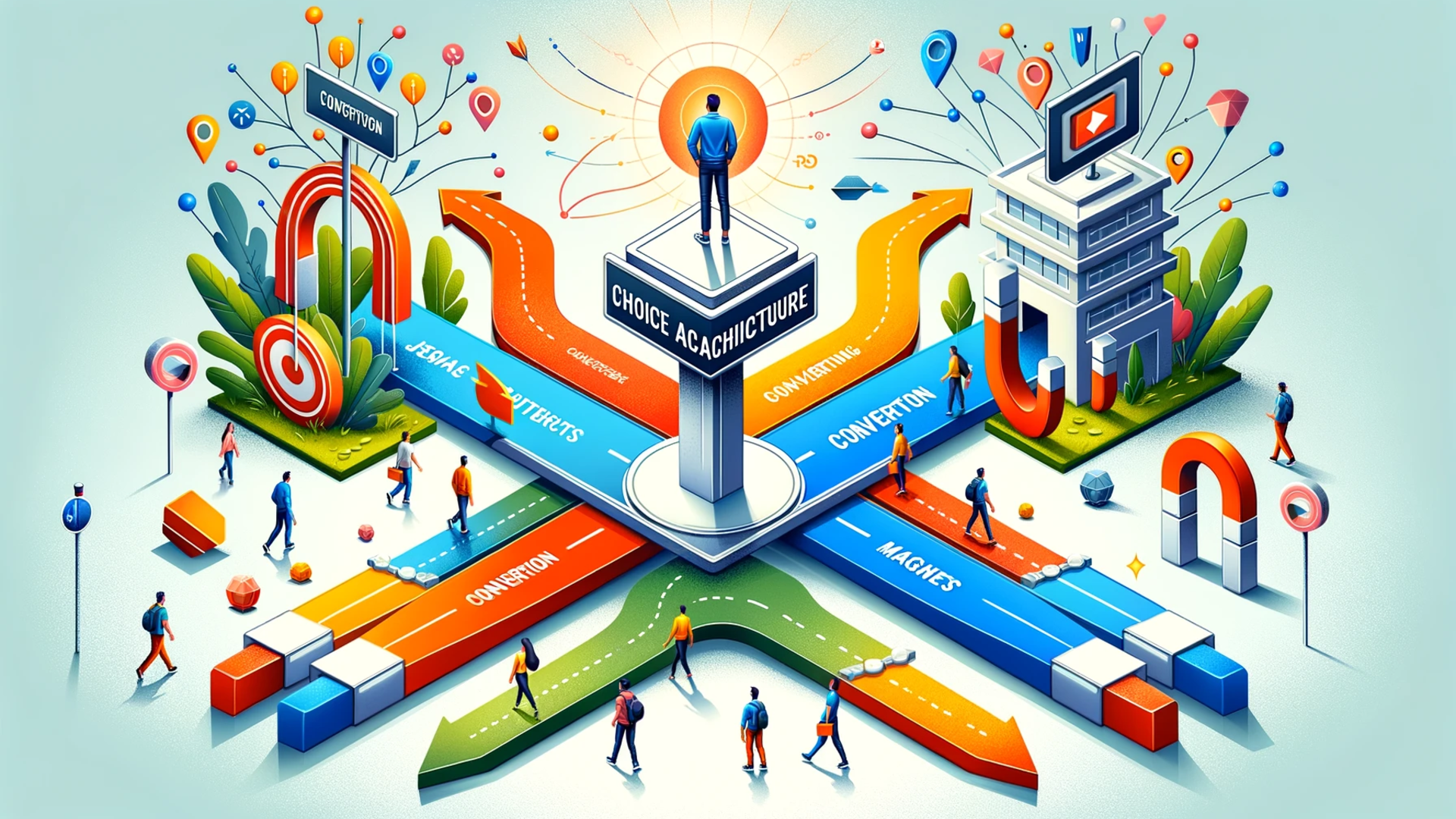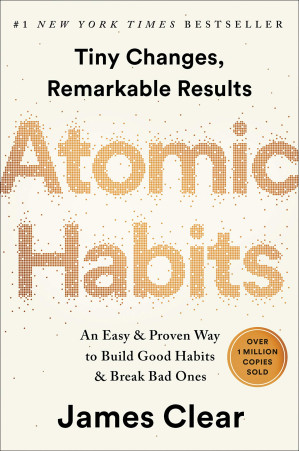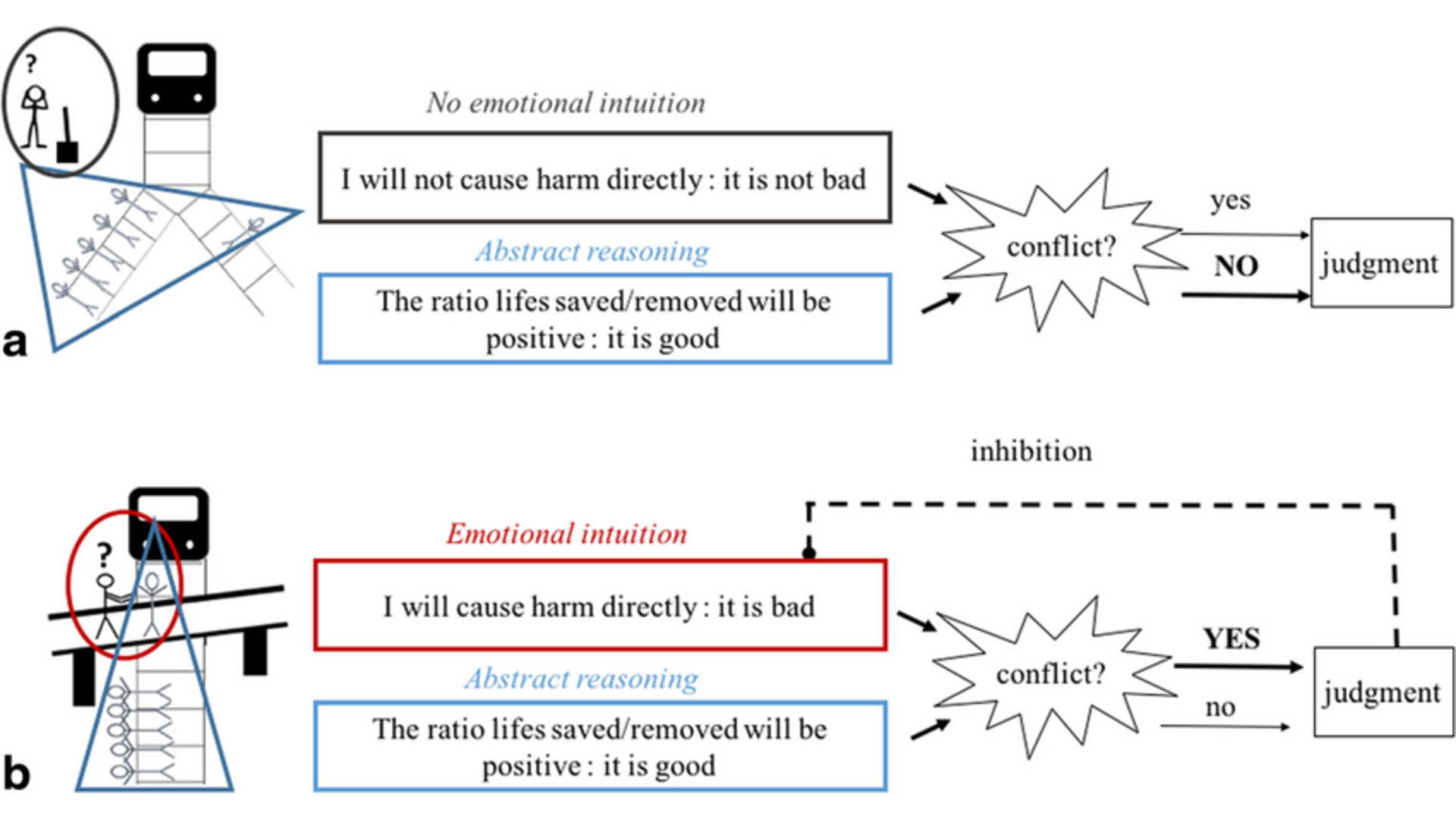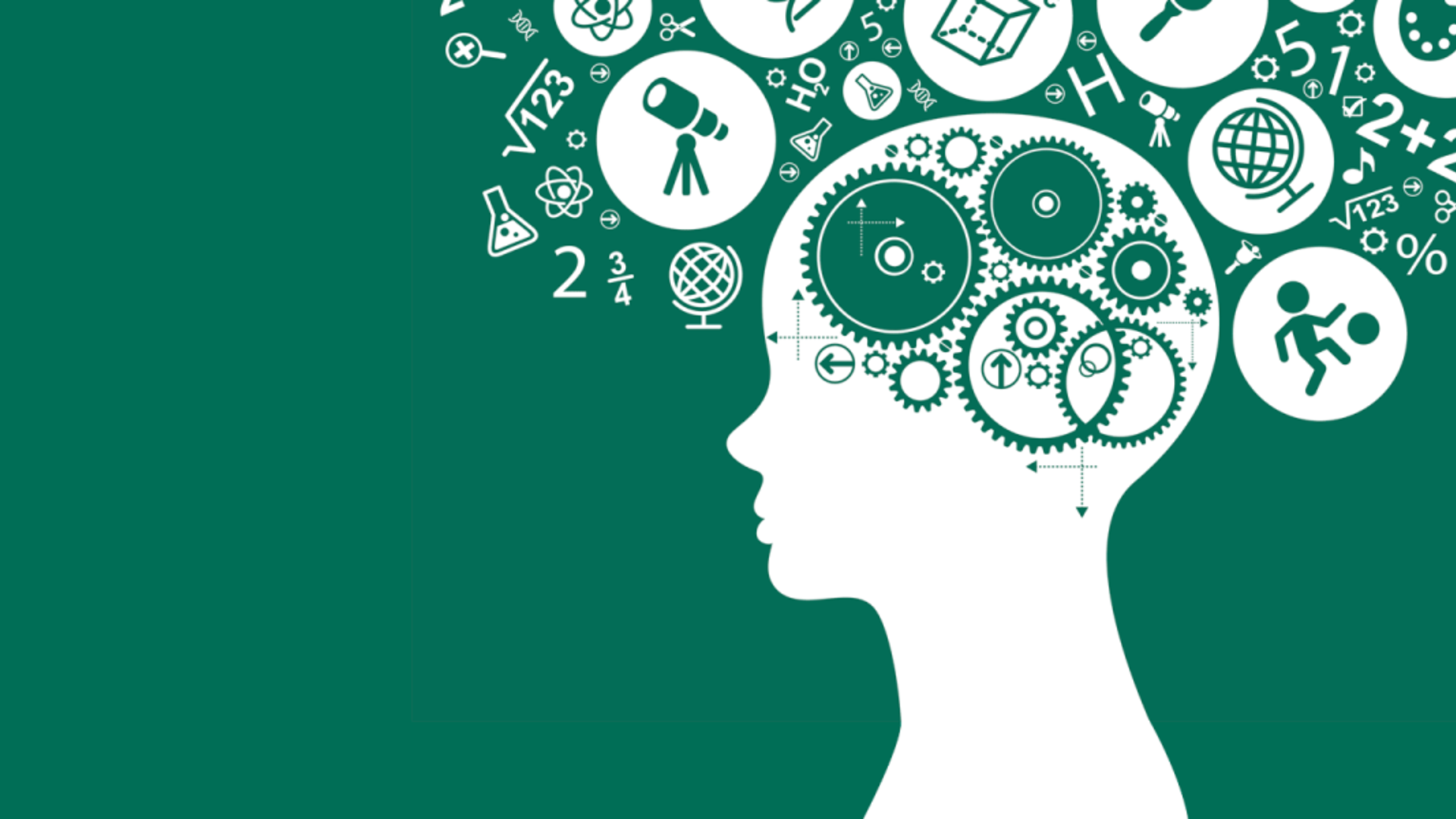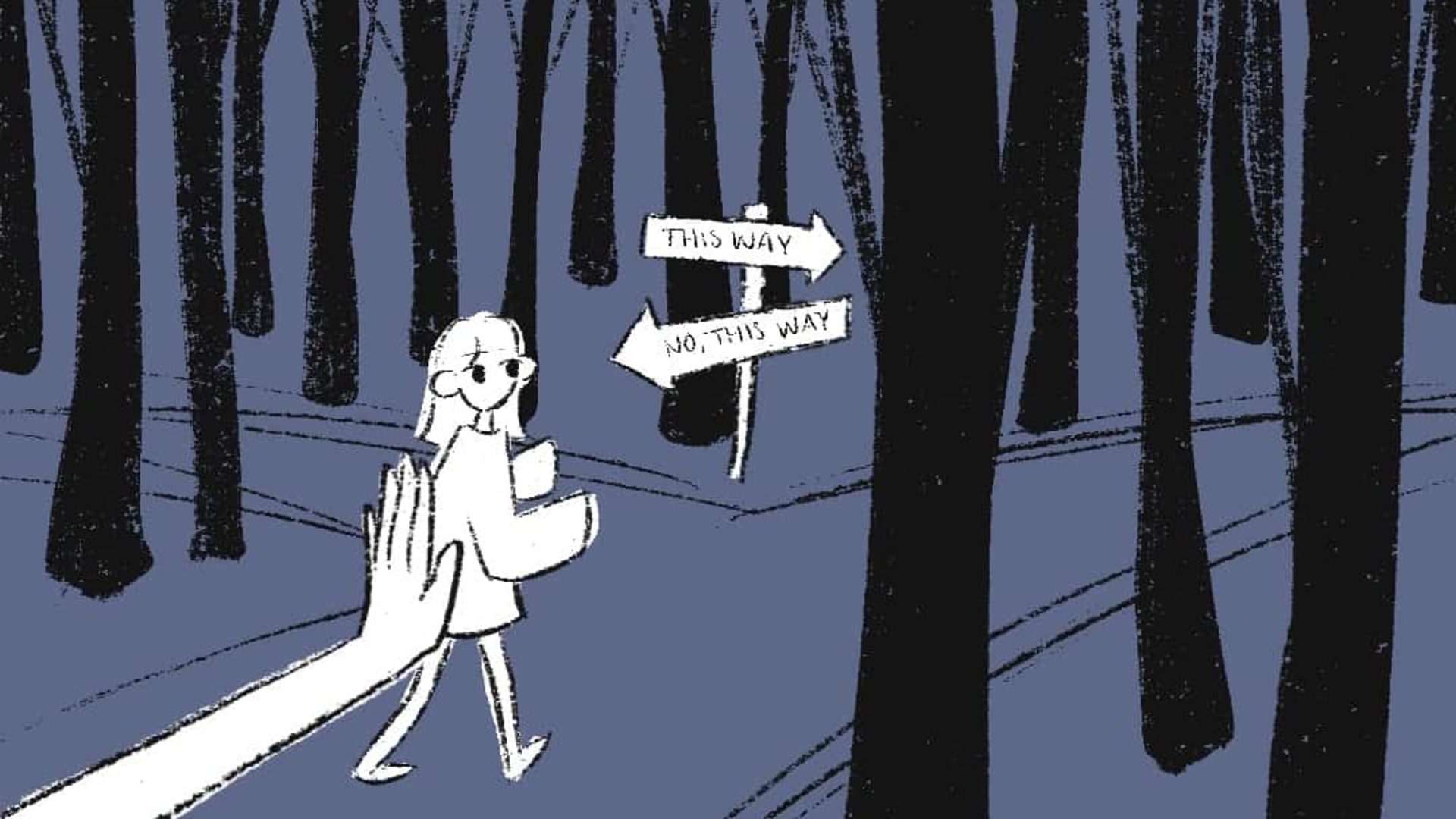🎯 Want to explore behavioral science classics with AI-powered guidance?
Read the architecture-of-choice canon for FREE at www.readever.app — unlock guided annotations, goal tracking, and social reading prompts for the field’s essential titles.
The architecture of choice explains why the same person behaves rationally at noon and impulsively at night. Behavioral science gives us a map of those shifts. The deep research on Daniel Kahneman, Richard Thaler, Cass Sunstein, Dan Ariely, and Robert Cialdini traces how predictable patterns of thinking create equally predictable outcomes. Understanding that map is the fastest way to design smarter products, policy nudges, and personal routines in 2025.
Why the architecture of choice matters now
2025 is defined by abundance: too many feeds, too many settings, too many subscription options. Cognitive overload means the default option often wins, even when it undermines our goals. Teams building AI-first experiences—and readers trying to master complicated books—need a practical synthesis of behavioral science so they can craft journeys that respect human limits instead of fighting them. The core idea is simple: decisions emerge from an interaction between a fast, intuitive process and a slower, deliberate one. Friction, framing, fatigue, and social context decide which process wins.
Inside the dual-mind engine
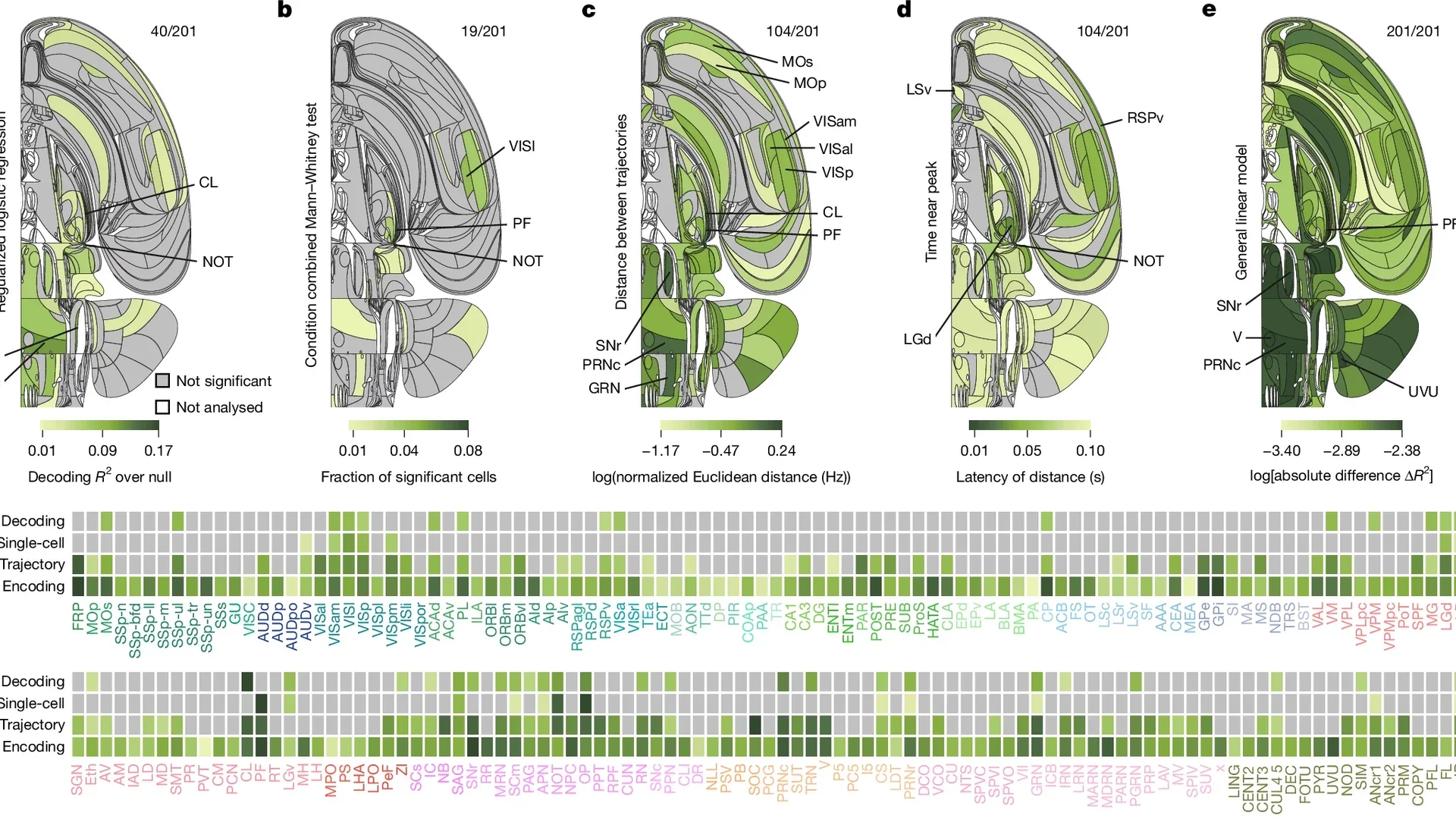
Fast intuition: System 1
System 1 is automatic, associative, and always on. It spots patterns, finishes sentences, and kicks up emotions before we know why. Experts lean on System 1 to recognize familiar configurations instantly—a chess master sees a strong move without searching, a seasoned product manager senses when onboarding copy will confuse.
Slow deliberation: System 2
System 2 is effortful and limited. It compares options, double-checks math, and resists temptation—but only when we supply attention. Mental effort dilates pupils, slows walking pace, and depletes self-control. When attention is already taxed by notifications or stress, System 2 retreats.
Cognitive ease versus strain
When information feels fluent and familiar, we experience cognitive ease and let System 1 run. When strain appears—through novelty, ambiguity, or high stakes—System 2 can intervene. The catch is that System 2 behaves like a lazy supervisor. Unless the tension is obvious, it rubber-stamps the quick story offered by intuition. That laziness powers both human creativity and human error.
Design consequences
Designing for the architecture of choice means sculpting contexts where the intuitive path aligns with the wise decision. Reduce micro-frictions, clarify expectations, and use deliberate pauses only when the stakes justify switching on System 2.
Biases that bend our decisions
System 1’s shortcuts become systematic biases whenever context misleads the pattern-matching engine. Seven recurring effects explain most everyday misfires:
- Anchoring: Early numbers pull later judgments. List a premium plan first and expectations rise instantly.
- Availability: Vivid events feel frequent. A dramatic outage shapes roadmap priorities more than silent churn.
- Loss aversion: Losing hurts roughly twice as much as gaining delights. People reject fair bets and cling to losing investments.
- Framing: Identical outcomes look different when couched in gains versus losses. Presenting a trial as “keep premium features” beats “avoid losing access.”
- Overconfidence: Coherent narratives make us certain, even with thin evidence. Teams skip validation because mockups feel persuasive.
- Endowment effect: Ownership inflates value. Users resist UI changes once they’ve customized layouts.
- Status quo bias: Defaults collect inertia. Subscriptions auto-renew because cancel flows demand extra effort.
Spotting which bias threatens a decision lets you deploy the right countermeasure: alternative anchors, outside-view base rates, or structured dissent.
Crafting choice architecture that helps

Defaults as decision levers
Opt-out retirement plans, pre-scheduled savings transfers, and auto-filled preference centers harness inertia for good. When you control defaults, you control outcomes—so they should reflect what the user would choose with full attention and information.
Make it easy, remove sludge
Every additional field, extra tap, or jargon-filled tooltip taxes the lazy controller. Behavioral design focuses on subtracting steps and clarifying copy before adding features. Audit every journey for sludge: the pointless friction that keeps people from claiming rewards, canceling, or redeeming benefits.
Build feedback loops
People learn when they get timely signals. Smart disclosures, spending dashboards, or subtle haptic nudges help users calibrate choices without lengthy lectures. Great feedback short-circuits repeated mistakes.
Harness social signals ethically
Sharing truthful norms (“Most readers finish chapter summaries within 48 hours”) activates our social compass. Positive social proof works best when the reference group feels similar and the behavior appears achievable.
🚀 Need a mid-journey boost?
Set weekly behavioral science study goals with Readever — track reading streaks, annotation depth, and reflective prompts alongside your favorite experiments.
Everyday experiments that prove predictable irrationality
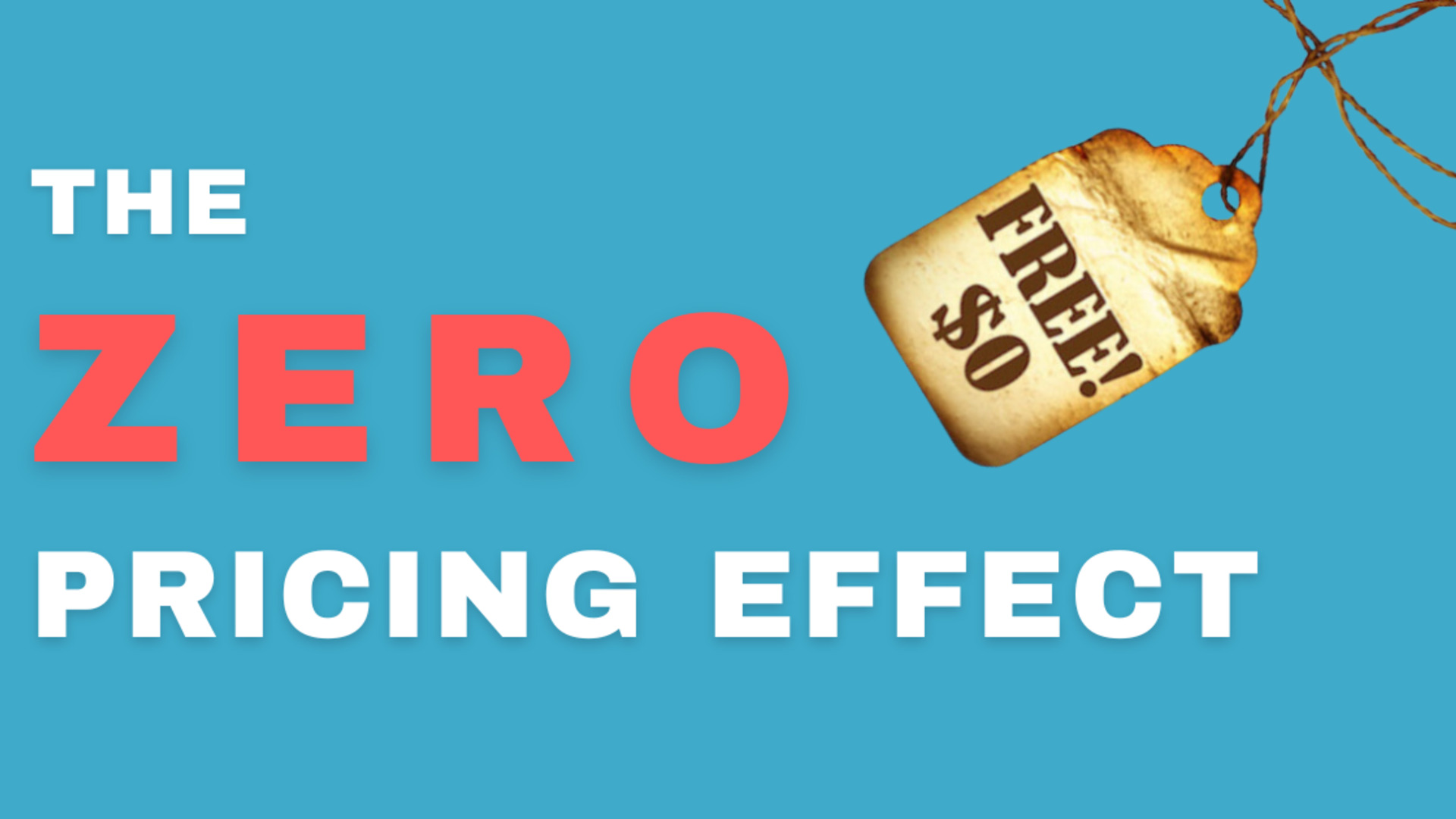
Dan Ariely’s studies show how these forces play out beyond lab notes. Relativity makes a subscription bundle irresistible when paired with a decoy offer. Zero-cost options trigger irrational enthusiasm even when the paid alternative is objectively better. Hot states—stress, excitement, desire—reshape morals and risk tolerance, proving we misjudge future actions when calm. Pre-commitment tools, like self-imposed deadlines, protect us from procrastination by constraining the future self that will crave comfort.
Influence principles: the external API
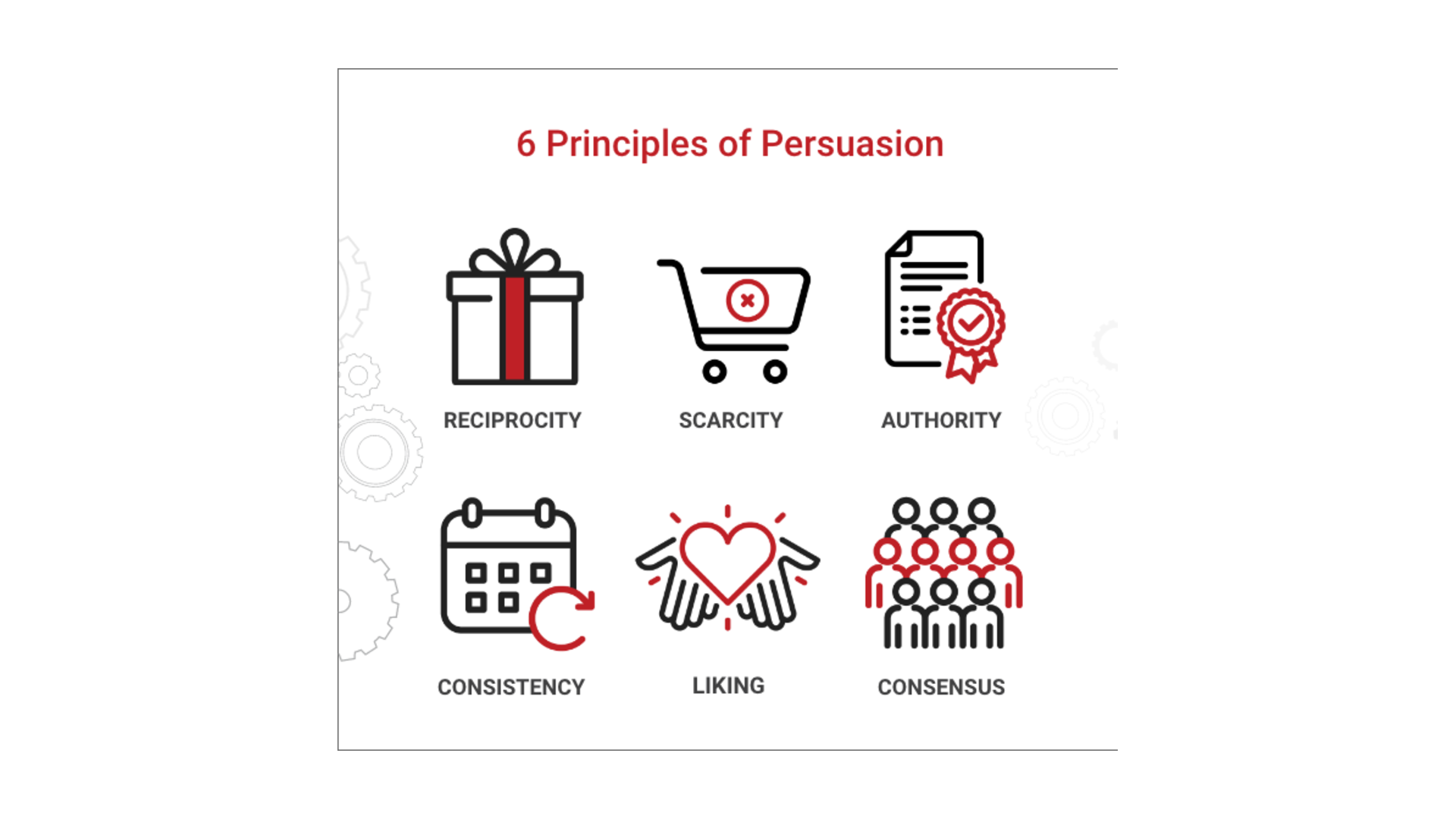
Robert Cialdini mapped six persuasion levers that compliance professionals deploy:
- Reciprocity: Upfront favors spark obligations, even when unsolicited.
- Commitment and consistency: Small public pledges pull future behavior into line.
- Social proof: Uncertainty leads us to mimic the crowd, especially similar peers.
- Liking: Familiarity, similarity, and genuine praise soften resistance.
- Authority: Titles, uniforms, and credentials trigger automatic deference.
- Scarcity: Potential loss accelerates action more than equivalent gain.
These levers are neutral tools. Used ethically, they help people follow through on stated goals; abused, they override autonomy. The architecture of choice demands clarity about intent.
Integrated playbook for product, policy, and personal growth
Product and UX teams
- Pair feature launches with contextual education, not buried tooltips.
- Pre-test frames, anchors, and default values with actual users to surface hidden biases.
- Layer “decision hygiene” rituals—premortems, red-team reviews—to puncture overconfidence before shipping.
Public policy designers
- Swap punitive letters for norm-based reminders when nudging compliance.
- Use opt-out structures for pro-social programs (vaccinations, retirement, organ donation) while preserving easy exits.
- Monitor outcomes continuously; ethical nudges require evidence that they serve citizens’ expressed preferences.
Personal decision-makers
- Automate virtuous behaviors (bill pay, investments) and erect friction around temptations.
- Consult outside views before major choices to counteract narrative-driven certainty.
- Schedule important decisions for high-energy windows when System 2 can participate.
Decision hygiene and noise reduction
Bias shifts decisions in a consistent direction; noise scatters them. Daniel Kahneman, Olivier Sibony, and Cass Sunstein distill practical safeguards in Noise. Run structured interviews, separate data gathering from verdicts, invite dissent before consensus meetings, and treat every recurring judgment like a product you can refactor.
Behavioral science reading ladder for 2025

- Thinking, Fast and Slow by Daniel Kahneman
- Nudge by Richard Thaler and Cass Sunstein
- Predictably Irrational by Dan Ariely
- Influence by Robert Cialdini
- Misbehaving by Richard Thaler
- Noise by Daniel Kahneman, Olivier Sibony, and Cass Sunstein
- The Power of Habit by Charles Duhigg
- Atomic Habits by James Clear
- Drive by Daniel Pink
- Behave by Robert Sapolsky
- Made to Stick by Chip Heath and Dan Heath
- Blink by Malcolm Gladwell
For each title, log your intentions in Readever, specify the insight you’re chasing, and let the AI annotator surface prompts that keep System 2 awake.
FAQ: Architecture of choice essentials
What is the architecture of choice? It is the interplay of cognitive processes, environmental cues, and social pressures that shape how decisions form. Behavioral science exposes the predictable mechanics behind that interplay.
How does the architecture of choice relate to dual-process theory? Dual-process theory supplies the mental hardware: System 1 and System 2. The architecture of choice describes how real-world designs, biases, and influence tactics push those systems toward particular outcomes.
Can nudges and persuasion be ethical? Yes, when they align with the decision maker’s stated goals and preserve easy opt-outs. Transparency, outcome measurement, and the option to say no keep nudges on the right side of ethics.
Why do defaults matter so much? Defaults exploit status quo bias, loss aversion, and laziness simultaneously. Most people accept the preset path because changing it demands effort and implies risk.
How can I reduce noise in team decisions? Standardize evaluation criteria, collect independent ratings before group debate, and review variance regularly. Treat judgment like a process that deserves instrumentation, as underscored in Noise.
Where should newcomers start reading? Begin with Thinking, Fast and Slow for the theory, then Nudge for applied design, followed by Predictably Irrational for vivid experiments. Layer Influence to understand persuasion before tackling specialized texts like Noise or Behave.
✅ Ready to turn insight into habit?
Lock in your architecture-of-choice reading schedule with Readever’s AI co-reader and stay accountable all year.
